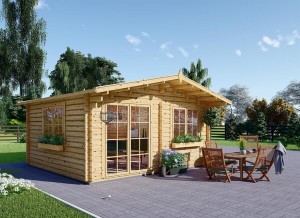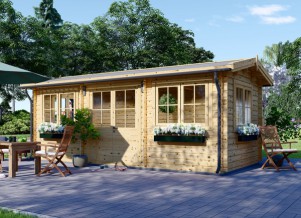Coriander vs. cilantro: what is the difference? Many people find it hard to differentiate between the two, but the truth is that they are the same thing. Cilantro is the Spanish word used to refer to the leaves produced by the coriander plant. Coriander, on the other hand, refers to the entire plant, stems and leaves included. People also refer to this herb by other words such as Mexican parsley. Thus, if you have a problem differentiating the two, remember that cilantro is the leaves and coriander is what you get once the plant starts flowering and production of seeds.
People have used this herb for long as a way to impart flavor in food that would otherwise be bland, and it makes quite a big difference. The good thing about it is that you can quickly grow it indoors in your wooden shed (check there wooden sheds), thus doing away with the need for lots of garden prepping. The main thing lies in deciding how you will start your plants, as this affects how fast they grow and the care practices that you should follow. Note that harvesting and use of the herb should be quick. Otherwise, you will lose out on its flavorful benefits. Here is how to plant coriander and make the most out of it:
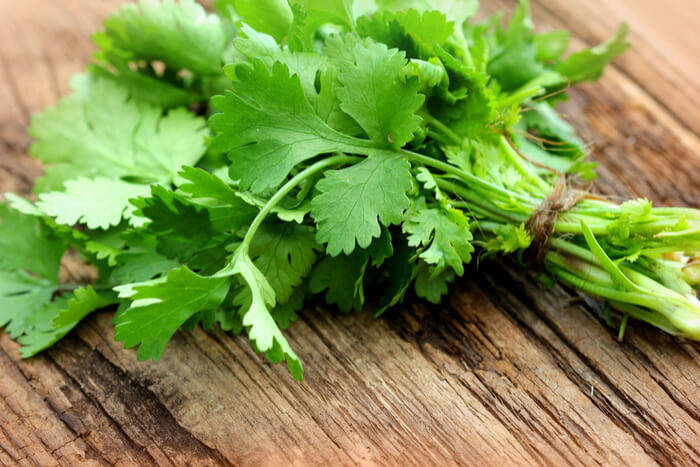
Indoor Planting
If you have a wooden shed, this would be the ideal place to plant the cilantro as you can adjust the conditions with ease. However, where this is not possible, you can make do with an indoor room as long as there is sufficient light. Some people grow the herbs on their windowsills, and this helps you in monitoring them as they grow.
You will start by buying seeds. When doing this, it is essential to pay attention to what is on the package. Seeds with a ‘slow to bolt’ label are the best in this case. Here is the reason why. Bolting refers to seeding. Once the cilantro sprouts, it can start seeding within a few weeks and where this takes place, you end up with bitter leaves that are unsuitable for use in cuisine. Buying seeds that are 'slow to bolt' ensures that the plants will take more time in seeding. If you are slow in harvesting such that the plant seeds, you can use this to your advantage such that you can collect the seeds for use in the propagation of more herbs. It will save you on the costs incurred in getting seeds from the store. If you have questions as to which is the best variety to plant in your area, having a local expert weigh in would not hurt.
Prepare the potting mix and pour it into a deep pot with good draining abilities. It is important to remember that coriander belongs to the same family as carrots. Thus, you can expect that its taproot will be lengthy. Failure to provide adequate space for the extension of its root will lead to development problems that will affect the quality of your herbs. You should settle on a container th
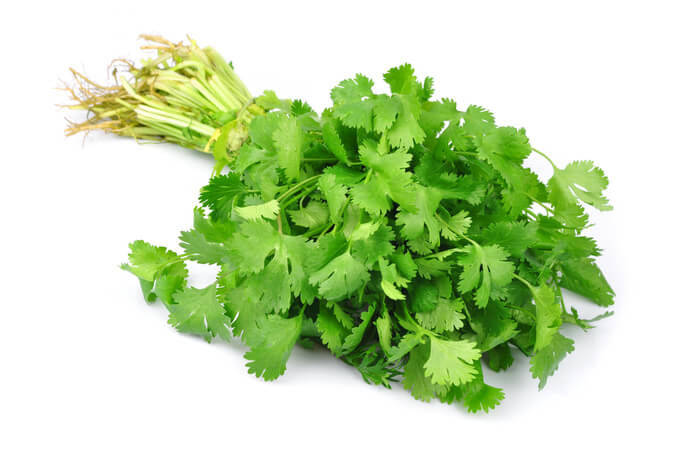
at is at least eight inches deep. Where you can get something longer than this, go for it.
The potting mix that you choose will not matter as coriander will do well in any kind. The thing that you have to consider is how good the drainage is. Ensure that there is an opening at the bottom as this will allow for the excess water to drain. Where the soil holds water for longer than is necessary, the coriander will have a likelihood of root rotting which will work against you.
You can now place the seeds in the pots. As you do so, ensure that you do not plant more than eight per container. Eight seeds are enough to guarantee a high success rate, even where some do not germinate. This number also ensures that there is low competition for nutrients. It is essential to cover the seeds with potting soil, making sure that the layer is not more than a quarter-inch. You do not want to use a jerry can, or another watering vessel that can disturb the seeds and you are better off using a spray bottle. In this way, you will dampen and not wet the soil. Once you touch the dirt and can feel the dampness, you can stop misting the soil.
Tips
If you want the seeds to germinate at a fast rate, here is something that you can do. Get 'slow to bolt’ seeds and soak them in water for twelve hours. The soaking enables them to sprout at a faster rate as compared to direct planting.
Once you soak the seeds, transfer them into a clear zip bag and place it on a sunny surface for one or two days. Ensure that you spray some water into the packet such that each time you look at it, there is some moisture. When you see tiny white sprouts coming from the seeds, add some potting mix to the bag. This step will ensure that the seeds continue sprouting. Make sure that the added soil is not too much as you need only enough to touch the seeds, but not to bury them. Follow up with some watering to moisten the soil. Continue watering the seeds until the roots and stems start to develop. At this point, you can plant the seeds in the potting mix, ensuring that the pots are at least eight inches deep. Following these steps ensures that your germination success rates are high and that your seeds sprout at fast speeds.
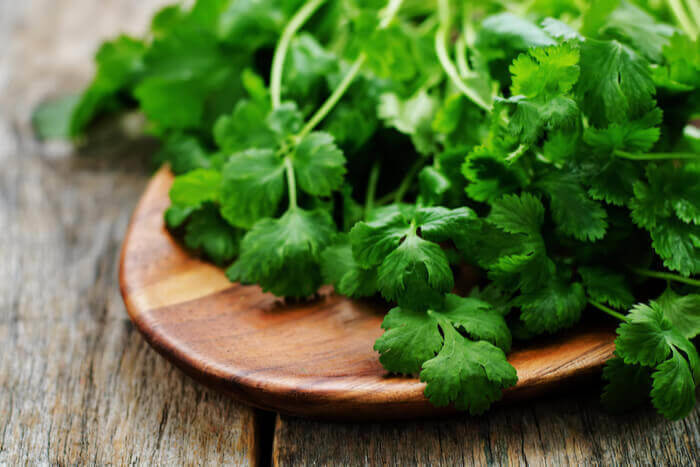
Seedlings
Where you need the coriander to grow speedily, you can use seedlings. Typically, coriander takes about four to six weeks to move from the seed stage to the harvest stage. With seedlings, you should be ready to harvest the leaves in two weeks. However, note that coriander from seeds is much healthier as compared to that from seedlings as the roots are very delicate. Once you disturb the taproot, you tamper with the sturdiness of the plant. Thus, starting from seeds is the best bet.
If you choose to use seedlings, get those that are at least two to three inches in height. At this stage, the roots are still young and will thus not get affected much during re-potting. Transfer the seedlings to pots that are at least twelve inches deep and fill up the container with potting mix.
Aftercare
Once the seedlings emerge, pluck out the weak ones with your hands and leave one strong one in the pot. Where the pot is large, you can thin them such that they have a spacing of at least six inches. Ensure that the plants get adequate sunlight, averaging six hours a day and that the soil remains damp but not wet.
Harvesting
You can start harvesting the cilantro once the plant is at least six inches tall. If you notice flowers, snip them off as they can discourage the growth of leaves. When the seeding begins, take the seeds and propagate the herbs for another harvest.
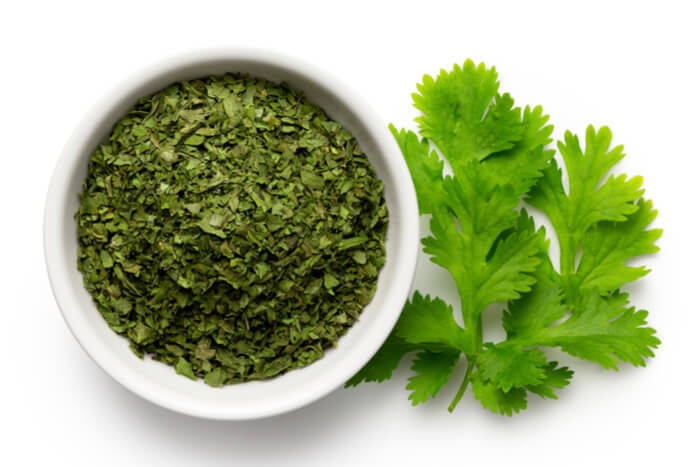
You should have lots of fun adding this herb to your dishes. All the best!


